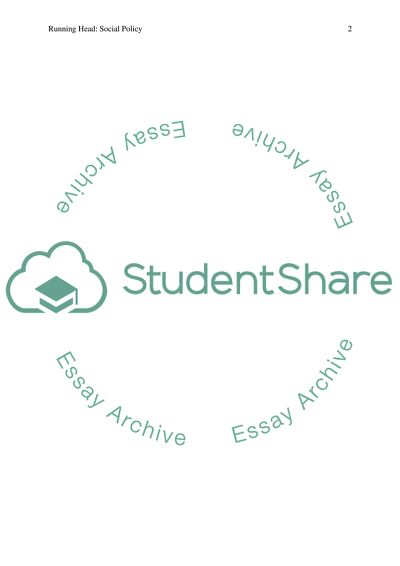Cite this document
(Social Policy and Welfare State Issues Essay Example | Topics and Well Written Essays - 1500 words - 7, n.d.)
Social Policy and Welfare State Issues Essay Example | Topics and Well Written Essays - 1500 words - 7. https://studentshare.org/sociology/1873092-social-policy
Social Policy and Welfare State Issues Essay Example | Topics and Well Written Essays - 1500 words - 7. https://studentshare.org/sociology/1873092-social-policy
(Social Policy and Welfare State Issues Essay Example | Topics and Well Written Essays - 1500 Words - 7)
Social Policy and Welfare State Issues Essay Example | Topics and Well Written Essays - 1500 Words - 7. https://studentshare.org/sociology/1873092-social-policy.
Social Policy and Welfare State Issues Essay Example | Topics and Well Written Essays - 1500 Words - 7. https://studentshare.org/sociology/1873092-social-policy.
“Social Policy and Welfare State Issues Essay Example | Topics and Well Written Essays - 1500 Words - 7”. https://studentshare.org/sociology/1873092-social-policy.


